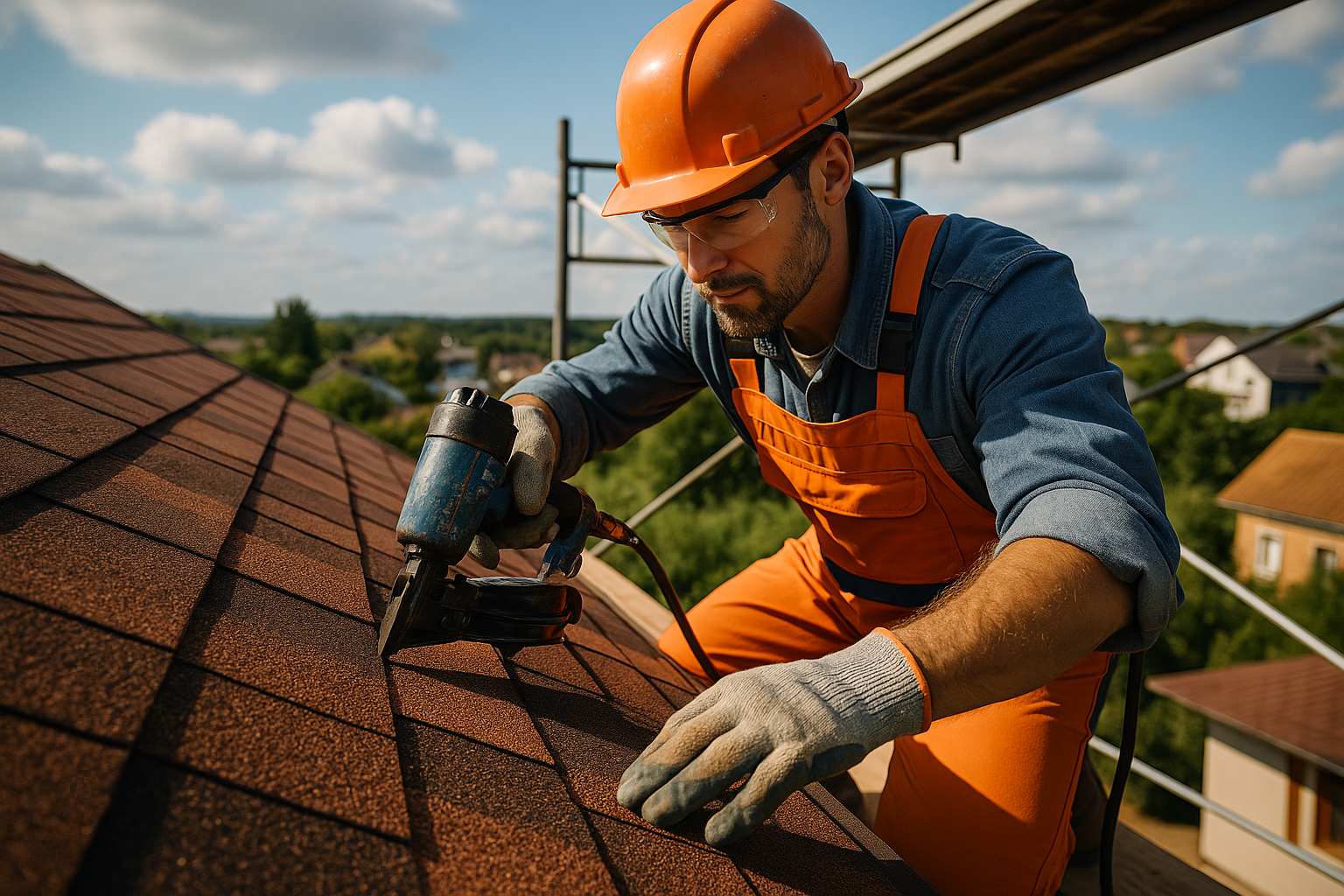Securing a safe and sturdy roof is an essential aspect of home maintenance, ensuring protection against the elements and enhancing the overall value of the property. However, the costs associated with roof repairs or replacements can be burdensome for many homeowners. Thankfully, roof grants present a viable solution, easing financial pressures by providing substantial monetary support.

These grants cater to various needs, including repair, weatherization, and even complete roof replacements. Let’s explore how these grants work, the types available, and the application process to maximize these opportunities.
Types of Roof Grants Available
Roof grants are typically offered by federal, state, and local government entities, as well as private organizations. They aim to support homeowners, particularly those with low income or residing in areas prone to severe weather conditions. The following are some common types of roof grants:
- Federal Grants: Programs like the Weatherization Assistance Program (WAP) and the Department of Housing and Urban Development (HUD) offer assistance for energy-efficient upgrades and critical repairs, including roofing.
- State and Local Grants: Many states and municipalities have grants targeting specific demographics, such as veterans or elderly homeowners. Each program varies in its eligibility criteria and funding availability.
- Private and Nonprofit Grants: Organizations like Habitat for Humanity and other community-based nonprofit groups often provide resources or direct support for necessary roofing projects.
Eligibility Criteria
Eligibility for roof grants depends significantly on the provider, but generally involves the following factors:
- Income Level: Most programs prioritize aiding low-income families who cannot afford significant home repairs independently.
- Home Condition: The roof’s current state, such as being severely damaged or worn, often impacts eligibility, with a focus on homes requiring immediate attention.
- Location: Certain grants are region-specific, prioritizing areas impacted by severe weather conditions or other environmental factors.
- Homeownership Status: Applicants usually need to provide documentation proving homeownership as well as the residence's primary occupancy status.
The Application Process
Applying for a roof grant can be a straightforward process if approached methodically. Below are steps you can follow to ensure you thoroughly complete the application process:
- Research Available Grants: Begin by identifying all potential grants you may qualify for at federal, state, local, and nonprofit levels. Websites like Benefits.gov and local government websites are great starting points.
- Gather Documentation: Compile necessary personal, financial, and property information, such as proof of income, tax records, mortgage documents, and the current state of your roof (including professional assessments if applicable).
- Submit Applications: Follow each program’s specific application instructions, ensuring all forms are accurately filled out and submitted within the deadlines. Don’t hesitate to reach out directly to the grant provider for clarification or assistance.
- Await Approval: After submission, there may be a waiting period while applications are reviewed. Staying in contact with grant officers can help you stay informed on the status of your application.
Maximizing Grant Opportunities
To maximize your chances of receiving a roof grant, consider the following tips:
- Stay Informed: Regularly check for new programs and changes to existing grants, as funding availability and eligibility requirements can change annually or with new policy shifts.
- Seek Professional Guidance: Roof specialists or grant consultants can provide valuable insights and help streamline the application process, ensuring no crucial details are overlooked.
- Prepare Thoroughly: Ensure all documentation and applications are complete, detailed, and submitted promptly, reflecting how your situation aligns with grant objectives.
Conclusion
Roof grants offer a vital opportunity for homeowners to address necessary repairs or even undertake complete roof replacements without incurring financial strain. Understanding the types of grants available, along with the application process and eligibility criteria, is crucial for navigating this financial aid landscape effectively. By staying proactive and informed, homeowners can take significant steps towards maintaining and enhancing their property while ensuring their family's safety.

